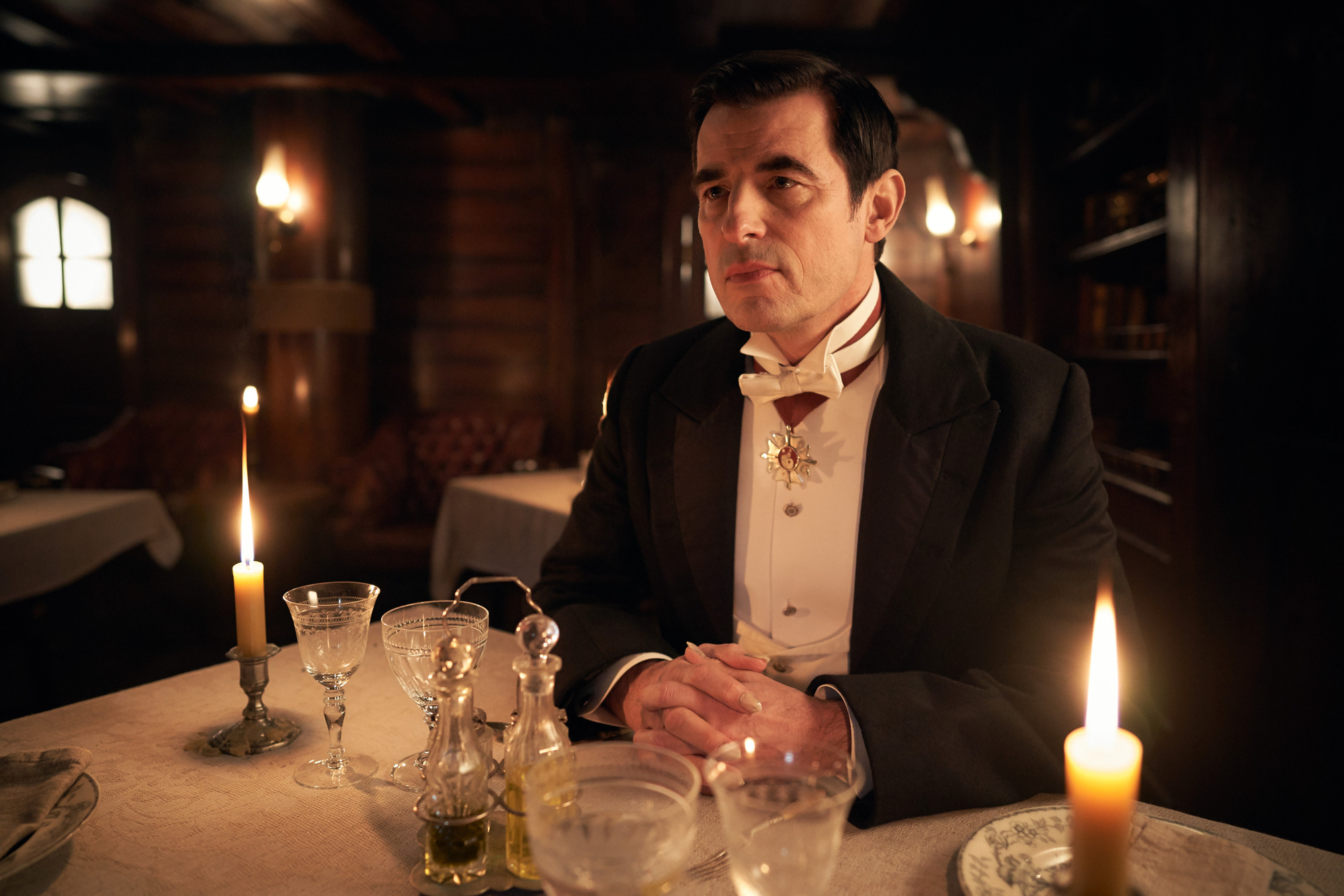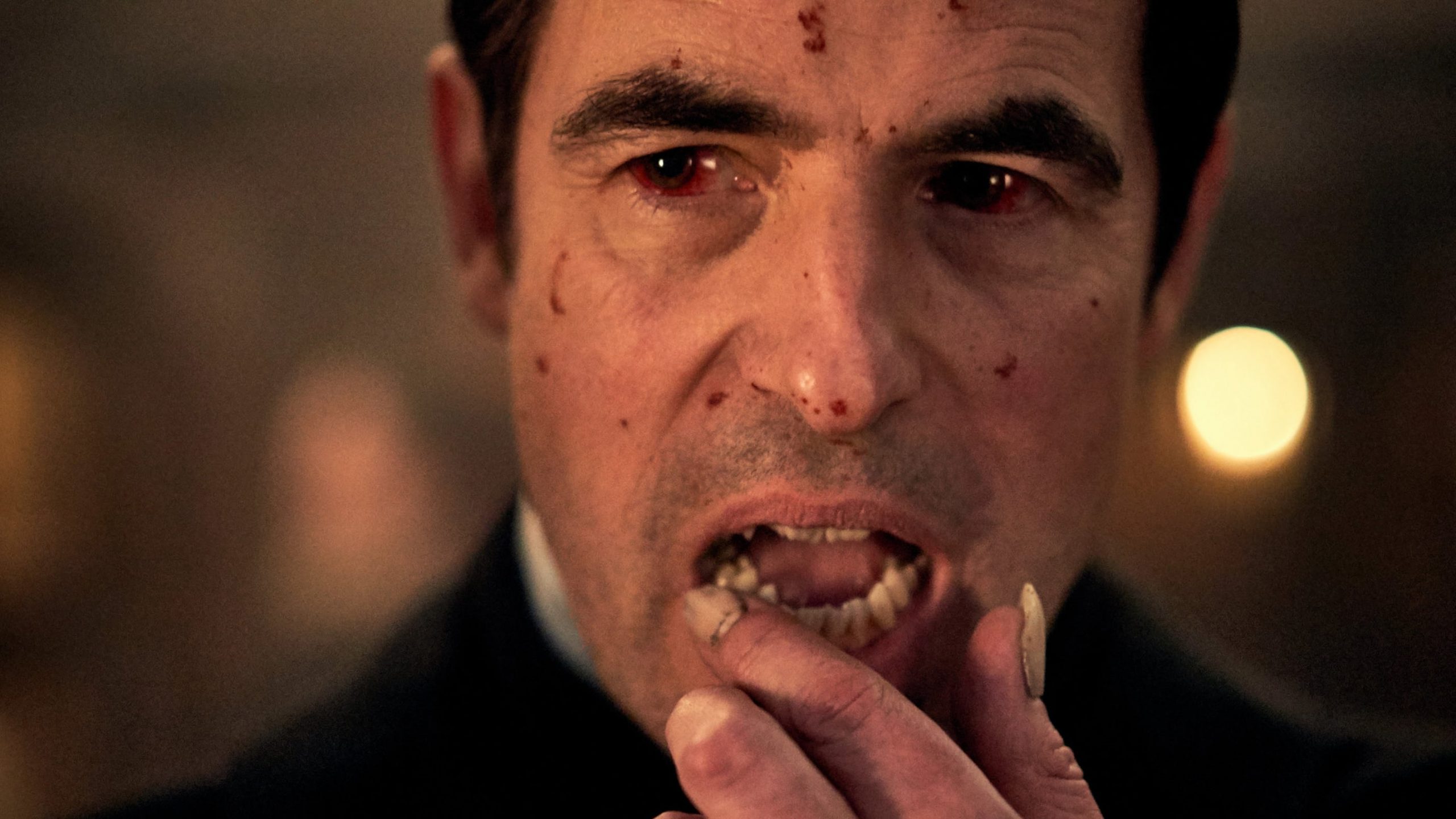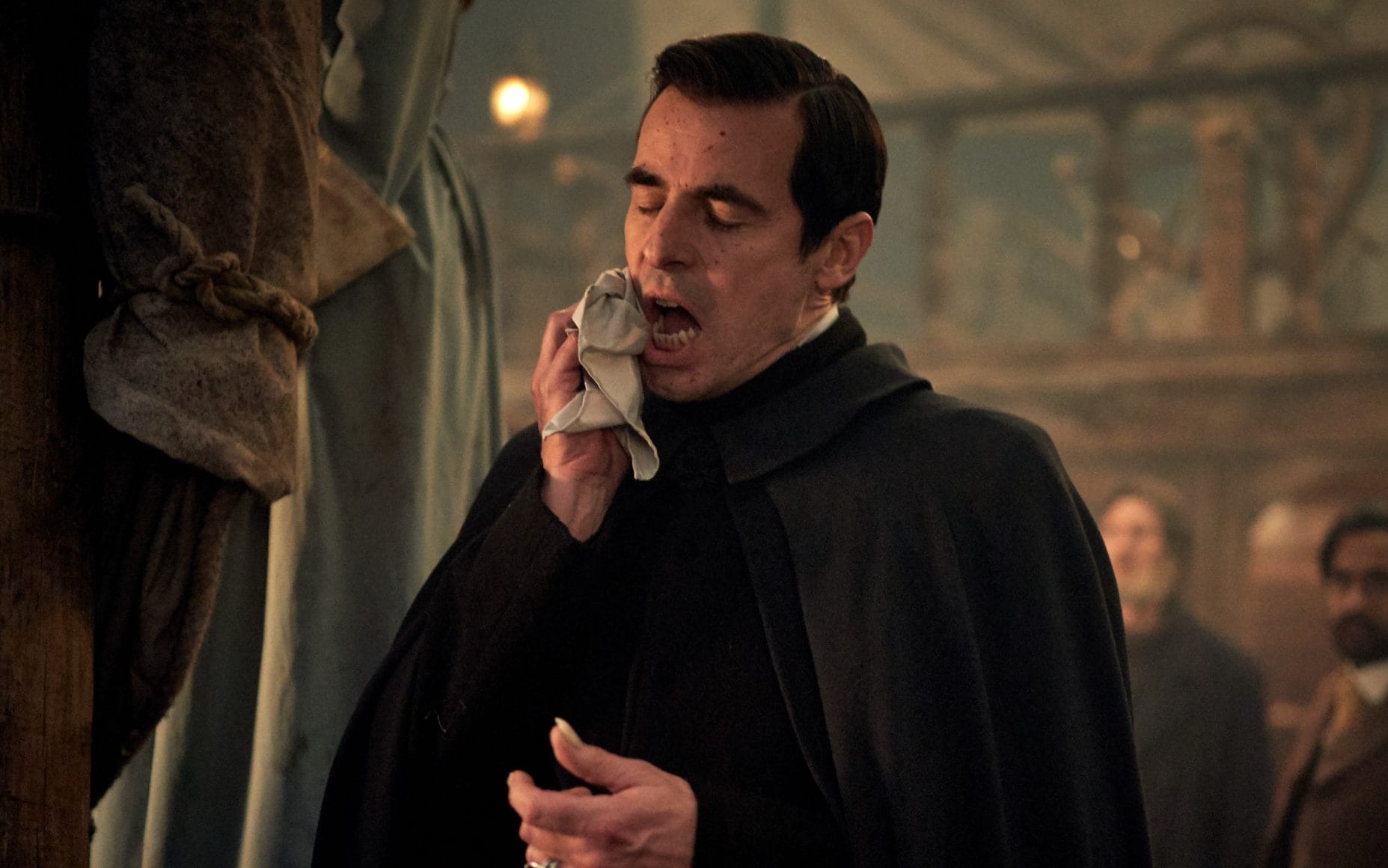If you are not yet familiar with the basic mythology of vampires, then you have probably been hibernating in a coffin with the soil from your native land for the past hundred years or so. If this is the case then you should head over to Netflix and catch the gothic-horror series, ‘Dracula’. You’ll catch up. The BBC series is the television adaptation of Bram Stoker’s classic novel of the same name. It spins the tale of a mysterious figure that comes out at night, drinks blood for sustenance and inhabits other supernatural abilities that altogether make him a very dangerous creature.
In the latest account, Danish actor Claes Bang dons the role of the titular character and makes you fall in love with the devil and scaring you of him, simultaneously. The series captures the essence of Stoker’s work while further adding to the mythology which receives a fresh flavour (or is it character?) by ‘Sherlock’ creators, Mark Gatiss and Steven Moffat. With the return of the popular character on our screens, we are compelled to go back to the question that has been around for as long as there have been stories of vampires. Are these tales rooted in reality? Could Count Dracula have been a real person?
Is Count Dracula a Real Person?

Strictly speaking, no. There is no account of a certain aristocrat who had the traits of vampirism. There is, however, a person named Dracula who was known for his bloodlust.
Vlad Tepes, popularly known as Vlad the Impaler, was the ruler of Wallachia, Romania in the fifteenth century. Vlad’s father received the title “Dracul” owing to his service in the Order of the Dragon, an order founded by the King of Hungary to defend their territory as well as their religion from the Ottoman Empire. The word Dracul, in Slavonic terms, means dragon. Hence, “Dracula” means “son of the dragon”. However, Romanian lingo attributes another meaning to the word. It means “the devil”, and for Vlad Tepes, it seems more fitting of a title.
Born in Transylvania, Dracula grew up to be a well-learned person. However, he also went through a lot of upheavals in his life which meant that he had to fight a lot of wars. His father and elder brother had been captured by the Ottomans and were later killed. With his kingdom gone, Dracula sought refuge in the nearby kingdoms, including Hungary, and later recaptured Wallachia. This marked his first reign, which ended with another war. He rose again and ruled Wallachia for his second reign, only to fall again. He attained power for the third time but died in the battlefield the next year.
In Romanian history, Vlad is remembered as one of the best rulers who enforced great reforms, kept his kingdom safe from foreign invaders and did whatever was necessary to curb crime and boost the economy. But if he really was so great, with so many conquests and tales of victory surrounding him, why does he have the moniker “impaler” attached to his name?
Vlad the Impaler

No matter what great things he did for his kingdom, what truly made Vlad a household name was the horrific stories of his barbaric nature. He committed such cruel acts that you’d rather have your blood sucked by a vampire than being tortured by the ingenious methods that he is said to have devised. He is known to have used execution methods like decapitation and skinning, and everything else in between. He is known for committing genocide with the deaths of hundreds of thousands of people on his hands. He even came up with a method that would include boiling the victims to death. But all of that is child’s play when it comes to the one thing that he became known for.
Impaling was his favourite form of punishment. It includes driving wooden stakes or rods through the bodies of the victims. It can be done transversally or longitudinally (you can imagine which one he preferred). The victim would be left in this state for as long as it took for them to die. It could be hours, days, and if done exceptionally well, weeks. Vlad is known to have fields lined up with impaled soldiers, and used this execution method on at least 100,000 people.
In some accounts, he is said to have dined among the impaled bodies and dipped bread in their blood. However, since these stories were mostly propagated by Saxons and other enemies of Vlad, there is a huge room for exaggeration. It is possible that he did all of this, or some of it, or even none of it. What can’t be denied is the impact these stories had on Bram Stoker, and other storytellers since then.
Is Bram Stoker’s Count Dracula Based on Vlad the Impaler?

Bram Stoker tore through Central European myths and folklores and read up all he could on vampires and the tales surrounding them. All these things had a combined effect on him producing the central character for his novel, but whether or not he was specifically inspired by Vlad is a point of contention among historians.
In his novel, he does mention a certain ruler who fought the foreign rulers and was known for impaling his enemies. Jonathan Harker wonders if this ruler is none other than Count Dracula. The author also set the story in Vlad’s native land and used geographical landmarks to point the location of Castle Dracula. However, it is also accepted that he had very limited knowledge of Romanian history and hence, couldn’t have had enough information about the ruler to base an entire character on him.
Stoker did name the character on Vlad, though. Previously, he had thought about calling the protagonist, Count Wampyr. However, when he came across the title “Dracula”, he found it more appealing than his original choice and decided to go forward with it. The rest is history.
Read More: Dracula Ending, Explained


You must be logged in to post a comment.